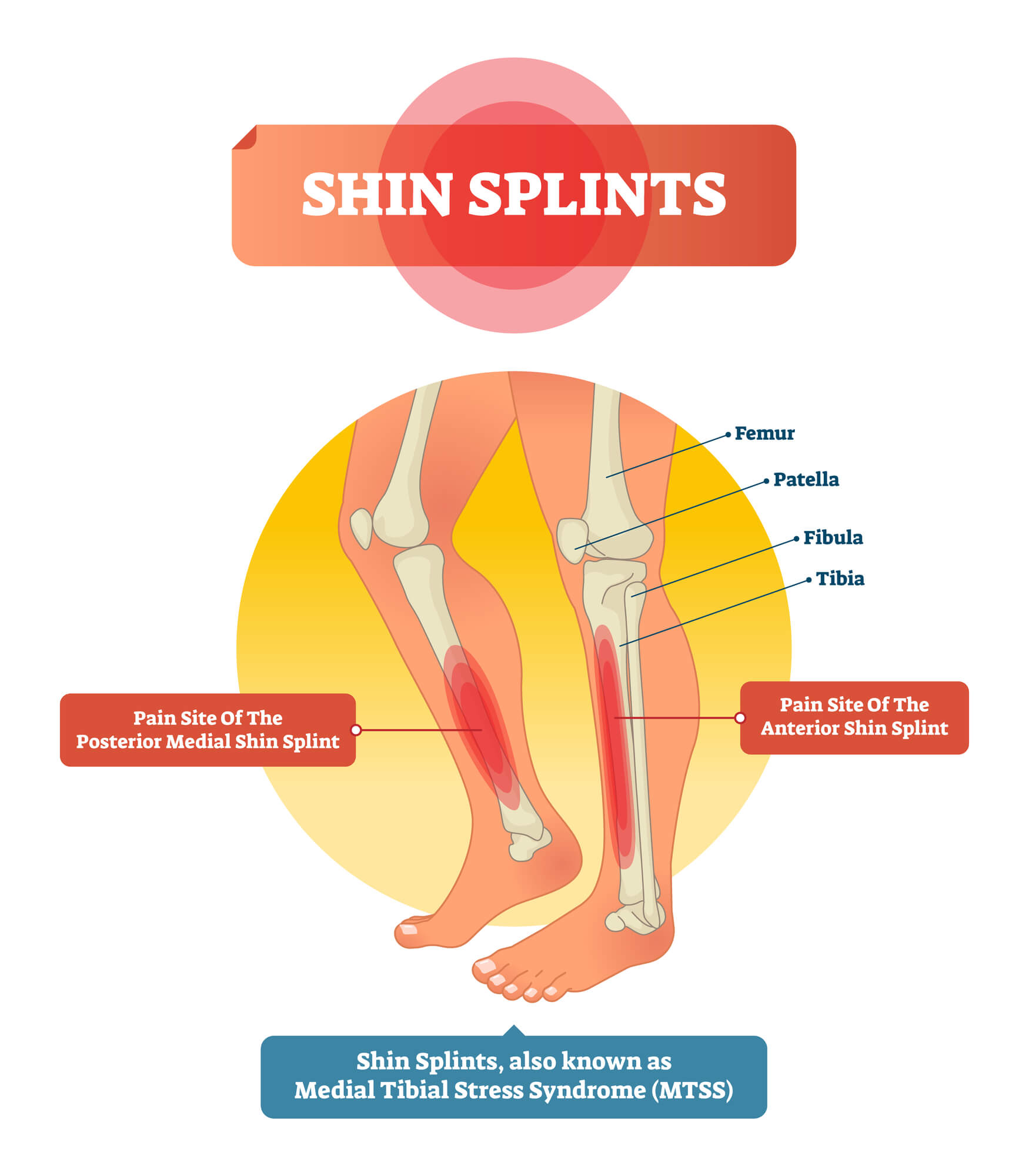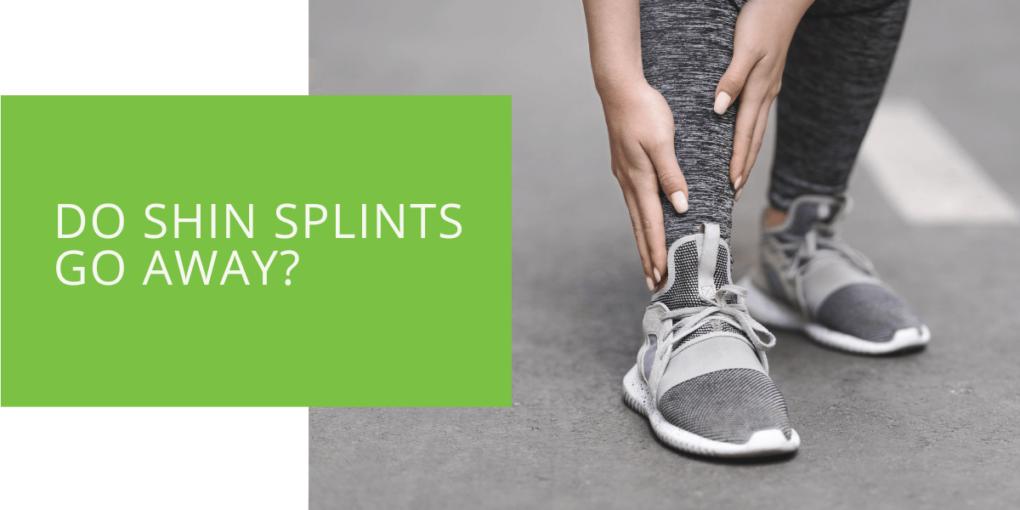Do Shin Splints Go Away?
Do you suffer from highly painful and distressing shin splints? Are you wondering if they will ever go away? Look no further. In this comprehensive guide, we will explore the factors that influence the resolution of shin splints, delve into various treatment options, and highlight podiatrists' pivotal role in managing this prevalent issue.
We understand that dealing with shin splints can be a nightmare. The pain can be debilitating, and it can severely affect your daily routine. That's why we're committed to providing you with the most up-to-date information and tips to help you overcome this problem. Whether you're an athlete, a fitness enthusiast, or recently started exercising, our guide will provide the knowledge and tools to manage your shin splints effectively. So, sit back, relax, and let us guide you through overcoming shin splints.
Key Takeaways
- Various factors influence recovery from shin splints, including age, activity level, and treatment adherence. Understanding these factors can set realistic expectations for healing.
- Non-surgical treatment options like rest, physical therapy, and appropriate footwear are crucial in managing and resolving shin splints, while surgery is typically a last resort.
- Consulting a podiatrist for precise diagnosis, customized treatment, and ongoing monitoring is essential for effective shin splint management and successful resolution.
Factors Influencing Recovery
The duration of discomfort caused by shin splints can vary significantly, and several key factors influence it:
- Age: Age plays a crucial role in recovery. Younger individuals generally experience quicker healing due to their bodies' enhanced regenerative abilities.
- Activity Level: The extent of physical activity and the strain placed on the shins can profoundly impact the recovery timeline.
- Treatment Adherence: How well individuals adhere to the recommended treatments can significantly affect the healing trajectory.
The resolution of shin splints is not a one-size-fits-all scenario. It is influenced by a combination of individual factors, making it important to consider these variables when discussing recovery expectations. Understanding these factors can provide insights into the duration and likelihood of shin splints going away.
Typical Recovery Timeline
Knowing what to expect during shin splints can be enlightening:
- Early Discomfort: Shin splints often begin with mild discomfort during or after strenuous activities. This early stage is the body's way of signaling that something is amiss.
- Progressive Pain: If left unaddressed, the pain can escalate, becoming more pronounced and interfering with daily activities.
- Recovery Commences: With adequate rest and appropriate treatment, the healing process typically initiates within a few weeks.
- Complete Healing: Full recovery may take several weeks to several months, depending on the severity of the condition and individual factors.
Understanding the stages of shin splint recovery is essential for individuals grappling with this condition. It provides a roadmap that helps manage expectations and highlights the importance of early intervention and compliance with recommended treatments.
Non-Surgical Treatment Approaches
For the majority of individuals, shin splints can be effectively managed without the need for surgery. Various non-surgical treatment options are available:
Rest, Ice, Compression, and Elevation (RICE)
- Rest: Adequate rest is fundamental, allowing the injured shins time to heal without added strain.
- Ice: Applying ice to the affected area can reduce inflammation and alleviate pain.
- Compression: The use of compression bandages helps provide support and minimizes swelling.
- Elevation: Elevating the leg aids in reducing swelling by assisting with fluid drainage.
Physical Therapy
- A skilled physical therapist can develop a tailored plan to address muscle imbalances, strengthen the affected area, and improve flexibility.
Orthotics and Supportive Footwear
- Custom orthotics or suitable footwear can relieve stress on the shins, facilitating the healing process.
Non-surgical treatments offer a comprehensive approach to managing shin splints. Rest and ice address immediate pain and inflammation, while physical therapy and orthotics provide long-term solutions by addressing underlying issues. These treatments, when combined, create an effective path toward recovery.

Surgical Considerations (if applicable)
Surgical intervention may be deemed necessary in some cases, particularly when conservative measures fail or when underlying issues such as severe Achilles tendinitis or tendinopathy are present. However, it's essential to understand that surgery is typically reserved for persistent cases and is not the initial treatment option.
Surgery is considered a last resort when all other avenues have been exhausted. Individuals with shin splints must exhaust non-surgical options and consult a podiatrist before considering surgical intervention. A podiatrist will assess the severity of the condition and explore less invasive approaches first.
Self-Care and Prevention
Prevention is pivotal in ensuring that shin splints do not return or become a chronic issue. Here are some self-care strategies to consider:
- Stretching: Regular stretching of calf muscles and Achilles tendons can reduce the risk of developing shin splints. Stretching exercises can enhance flexibility and relieve tension.
- Gradual Training: Avoiding overexertion and allowing the body to adapt to strenuous activities is crucial. Gradually increasing the intensity of exercise can help prevent overuse injuries.
- Appropriate Footwear: Wearing the right shoes for specific activities is essential. Proper footwear provides the necessary support and cushioning to reduce the risk of shin splints.
Prevention is often more effective than treatment. These self-care practices are valuable not only for those recovering from shin splints but also for individuals looking to avoid them in the first place. By adopting these measures, individuals can minimize the risk of experiencing shin splints in the future.
The Role of Professional Help
Consulting a podiatrist is a pivotal step in effectively managing shin splints:
- Precise Diagnosis: Podiatrists can accurately diagnose shin splints and assess their severity through physical examinations and imaging if necessary.
- Customized Treatment: Podiatrists can create personalized treatment plans that consider an individual's unique factors, such as age, activity level, and the extent of the condition.
- Monitoring Progress: Regular follow-up appointments with a podiatrist ensure the recovery process is on track and allow necessary adjustments to the treatment plan.
Podiatrists specialize in foot and ankle health, making them the go-to professionals for shin splint management. Their expertise ensures accurate diagnosis, precise treatment, and ongoing support throughout the recovery journey, ultimately improving the chances of a successful resolution.
Conclusion
"Do shin splints go away?" can be answered with a resounding "Yes!" Shin splints are a treatable condition, and with the right care, rest, and guidance from a podiatrist, individuals can expect to return to their regular activities without the burden of pain. It's important to remember that seeking professional help and adhering to recommended treatments are key to full recovery.
The journey to overcoming shin splints may seem challenging, but it's certainly attainable. Individuals can regain their comfort and mobility by following a structured treatment plan and seeking expert guidance. The message here is clear: there is hope, and with the right approach, shin splints can become a thing of the past.
If you're grappling with persistent shin splints or have concerns about your foot and ankle health, don't hesitate to schedule an appointment with our team of experienced podiatrists. We are here to provide expert guidance and personalized care, helping you overcome shin splints and maintain the health of your lower extremities. Don't let shin splints hinder your life any longer—take the first step towards a pain-free future today.
Your journey to shin splint resolution begins with a simple step: scheduling an appointment with our team of dedicated podiatrists. We are committed to your well-being and are ready to provide the

